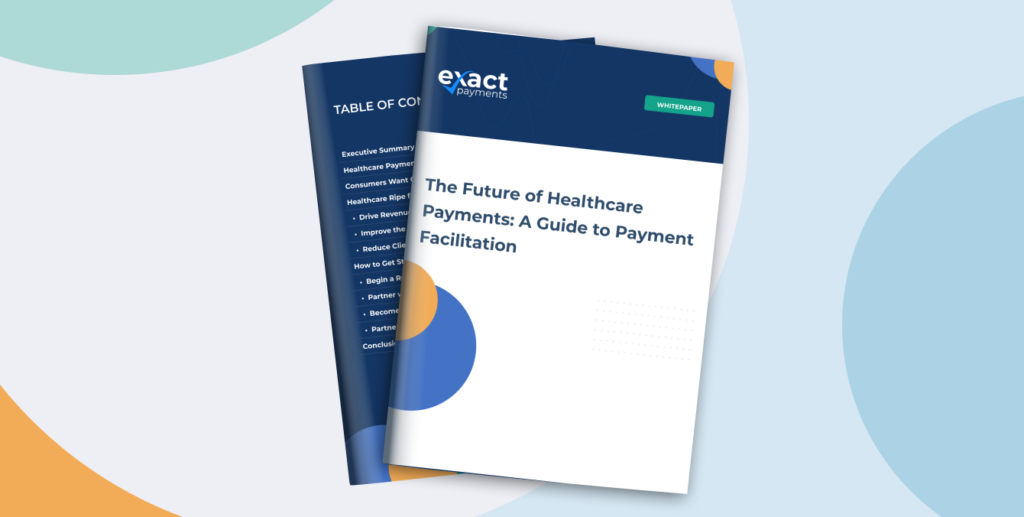The future of healthcare payments: A guide to payment facilitation

The healthcare industry is ripe for change when it comes to digital payments. The pandemic forced drastic and fundamental changes in how healthcare is delivered and how patients pay for that care. Now that some semblance of normalcy has returned with the lifting of the pandemic public health emergency, patients want those convenient care and payment options to continue.
Providers have been slow to change ingrained billing options such as paper bills. However, consumers are accustomed to buying everything from books and baubles to cars and vacations from the comfort of their homes, paying with a credit card, digital wallet, ACH transfer, or online payment mechanism. Clearly, consumer acceptance of and appetite for emerging payment methods has outpaced those of the healthcare industry.
Independent software vendors (ISVs) and software-as-a-service (SaaS) companies operating in the healthcare space can capitalize on this emerging trend by embedding payments into their platforms — and earn a new stream of revenue in the process. This unique opportunity to incorporate embedded payments into SaaS products also serves to cement business relationships, creating increased loyalty and reduced churn.
A payment facilitator model, such as a payment facilitator-as-a-service solution (PFaaS), can take much of the expense and risk out of offering payments to your client organizations. This white paper explores:
- Healthcare market trends
- Digital payment trends
- How ISVs and SaaS vendors can employ PFaaS solutions to:
- Drive incremental revenue
- Improve the client experience
- Reduce churn
- How to get started
Interested in some guidance on the best option for your business? Set up a quick, no-commitment chat with a member of our team! We take pride in helping software leaders like you navigate the payments landscape. Get in touch, and we can help!
